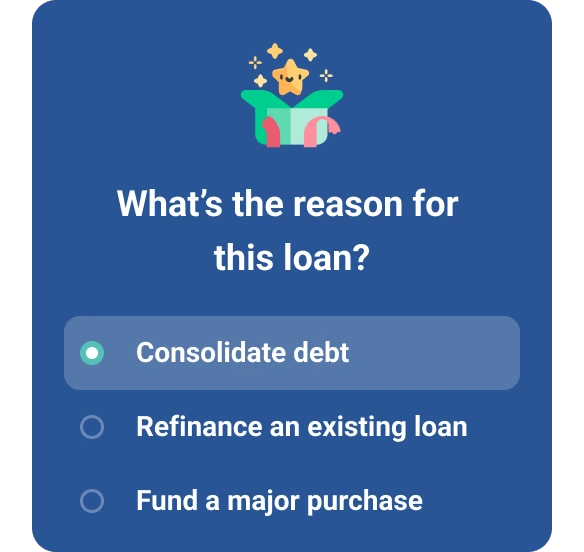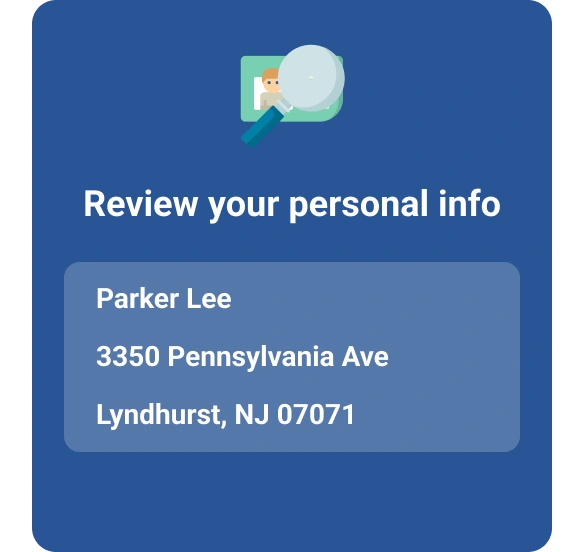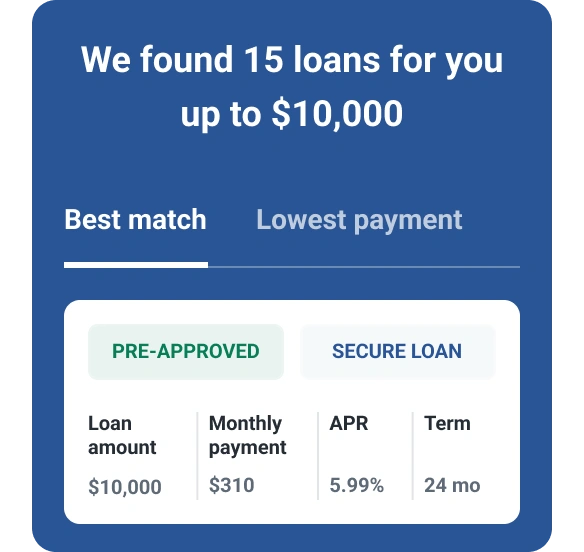What Is Microlending?

For some small businesses, $10,000, $5,000 or even $500 can mean the difference between success and failure. Getting a loan of that size can be a challenge, however. A recent survey reports that 38% of businesses seeking funding want $50,000 or less. Banks are typically reluctant to make very small loans, however, and last year the average SBA loan was $272,000. Microlending is a financing solution designed to bridge this gap by providing small loans to business owners who can't get financing from traditional sources.
Proceeds from microloans can be used to cover working capital, purchase new equipment, buy inventory or for other purposes. Many microlenders target underserved populations, including women, immigrants or people in low-income communities. The goal of microlending is to help these loan recipients increase their incomes and become financially self-sufficient through entrepreneurship. Is a microloan right for you? That depends on several factors—read on to find out.
How Does Microlending Work?
The concept of microloans emerged in the 1970s when Muhammad Yunus, an economics professor in Bangladesh, started looking for a way to help people escape poverty. He lent $27 to a group of women who owed money for materials they used to make and sell stools. The small loan was enough to help them get out of debt and transform their stool manufacturing operation into a profitable business.
Both overseas and in the U.S., microloans are typically made by nonprofit organizations. Because microlending is designed for small business owners who can't get credit elsewhere, loan terms and lending criteria are usually more flexible than those for typical business loans. To increase borrowers' odds of success, microlenders may also offer them business services such as mentoring, technical assistance, networking opportunities and assistance with sales and marketing.
The best-known U.S. microlending program, the SBA Microloan Program, provides loans of up to $50,000 for small business startup and expansion. Loans average about $13,000 each and can be used for working capital, inventory, supplies, furniture and fixtures, machinery and equipment. They can't be used to pay existing debts or buy real estate.
SBA microloans are administered by community-based nonprofit organizations that serve as intermediaries for the agency. Each of these lenders has its own criteria for loan applicants; however, most require you to put up some collateral and personally guarantee the loan. You can find SBA microlenders in your area through your local SBA District Office.
Also consider these popular microlenders:
- Kiva lends U.S. small businesses up to $15,000 at 0% interest. Fill out an application online and, if you prequalify, you'll have 15 days to invite friends and family to finance you on the Kiva platform. If you're successful, your request is promoted to Kiva's 1.6 million lenders worldwide for 30 days.
- Accion Opportunity Fund offers loans ranging in size from $5,000 to $100,000 for entrepreneurs who have been in business at least 12 months, own at least 20% of the business, and generate $50,000 or more in annual sales. Loans are customized to your needs; you can also receive business education, coaching and access to support networks.
- Grameen America is an offshoot of Yunus' Grameen Bank that provides microloans of $2,000 to $15,000 to women who live below the federal poverty line. Women form groups of five, open commercial bank accounts, and receive financial training before getting their loans. They have six months to repay the loans, during which time they receive ongoing support. Once the loan is repaid, borrowers become eligible for larger loans.
Microlending Pros and Cons
Microlending has some benefits and disadvantages to be aware of.
Pros:
- Microloans are generally easier to get than traditional business loans, especially for new businesses or those with poor credit.
- You may also receive access to education and assistance a traditional lender wouldn't offer, which can improve your chances of business success.
- If the lender reports to at least one of the three commercial credit bureaus—Experian, Dun & Bradstreet and Equifax—repaying the loan can help your business build a credit history. This can make it easier to qualify for business credit in the future.
Cons:
- If you need more than $50,000, a microloan won't provide enough money. You'll either need to look elsewhere or supplement your microloan with other funds.
- Microloans may require putting up collateral or making a personal guarantee.
- Failing to repay the loan can hurt your business and personal credit, and you could lose any collateral you pledged.
How to Get Started With Microlending
Qualifying for and receiving a microloan works like any type of business loan. You'll need to:
- Write a detailed business plan that includes financial projections. This helps to convince lenders your business will be successful.
- Determine how much money you need. Based on your business plan, and any other sources of capital such as your own savings or loans from family and friends, figure out how much you need to borrow.
- Check your business and personal credit scores. If you've been in business for a while, your company should have its own credit score; if not, lenders will look at your personal credit score. (The Federal Reserve's 2020 Small Business Credit Survey survey reports 88% of small businesses that got financing used the owner's personal credit.) Before starting the loan process, check your business credit and your personal credit—your personal credit reports can be viewed for free from all three credit bureaus through AnnualCreditReport.com. You can also see your personal credit history and your personal credit score for free through Experian. Improving your credit scores can make it easier to qualify for a loan.
- Identify any assets you can use as collateral. For example, business equipment or accounts receivable could be used to secure the loan, which can help you get approved.
- Complete the loan application and provide any supporting documentation your lender requires.
Microloan Funding Alternatives for Small Businesses
If you need a small loan and are struggling to access credit from traditional sources, there are other options besides microloans you can consider.
- Peer-to-peer lending: Peer-to-peer (P2P) lending websites match individuals seeking money with individuals who have money to lend. To start the process, you'll complete a P2P loan application online and get preapproved. This typically results in a soft inquiry into your credit report, which won't affect your credit scores. The P2P platform generates a loan offer and acts as an intermediary to handle the financial transactions between borrower and lender. Maximum loan amounts are generally around $50,000, but loans of $10,000 to $25,000 are more common.
- Other nonprofit organizations: Nonprofits other than microlenders may offer financing, especially if you are a member of a group typically underrepresented in business, such as Indigenous peoples, women, people of color, LGBTQ people or military veterans. For example, the Mission Asset Fund, which assists people in low-income communities, offers 0% interest loans of up to $2,500 to start or expand a business.
- Grants: A grant is money you don't have to pay back. You can find grants through government agencies, community organizations and large corporations. Like microloans, many grants target business owners who can't access traditional business financing. Visit Grants.gov to learn more and search for grants.
- Crowdfunding: You can use a crowdfunding website to promote your business and ask for donations from individuals. GoFundMe, IndieGoGo and Kickstarter are popular crowdfunding sites. Keep in mind you'll have to give donors something of value, such as early access to your product, in return for their contributions.
Your local SCORE or Small Business Development Center (SBDC) office may be able to direct you to other options for microfinancing in your community.
Little Loans, Big Results
Even a modest microloan can help boost your business in more ways than one. Putting the loan to use to achieve your goals can make your business more profitable. Repaying the loan on time will help establish a business credit score, which can pave the way to bigger loans—and more business growth—later on.
Bankroll your big idea with Fundera by NerdWallet
Get matched with the right small business financing product and a dedicated personal funding advisor—for free.
Learn moreAbout the author
Karen Axelton specializes in writing about business and entrepreneurship. She has created content for companies including American Express, Bank of America, MetLife, Amazon, Cox Media, Intel, Intuit, Microsoft and Xerox.
Read more from Karen

